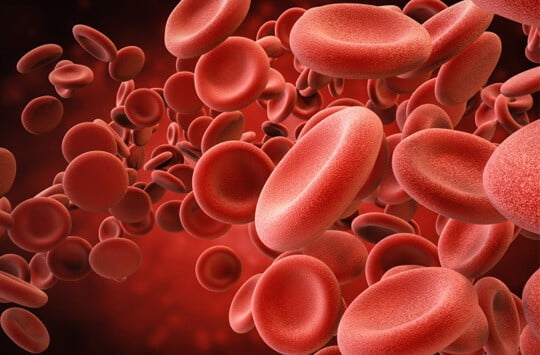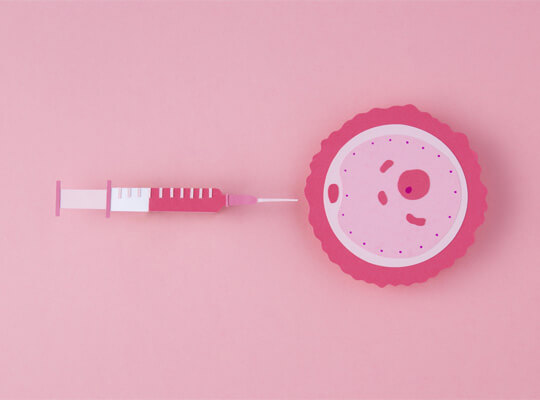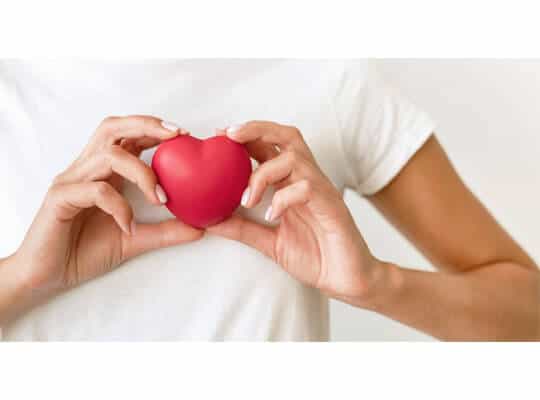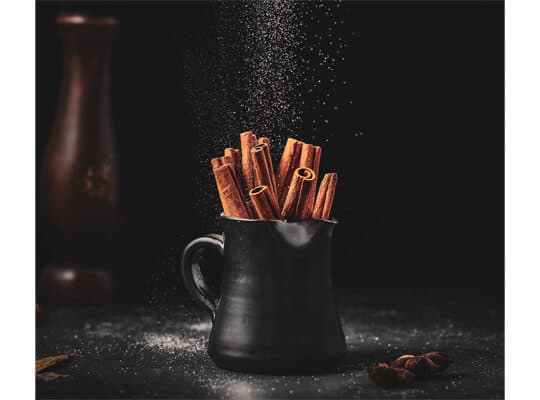Blood Thinners
Table of Contents
ANTICOAGULANTS & ANTIPLATELET DRUGS
Blood thinners have been around since the mid-nineteenth century. Although the name is deceptive — they do not actually “thin” the blood — they effectively prevent blood clots from forming in patients who are at high risk for heart and blood vessel diseases. Blood thinners can cause serious, potentially fatal bleeding. Blood thinners are frequently prescribed by doctors to people who have pre-existing heart and blood vessel conditions, as well as those who are at a higher risk for such conditions. Blood thinners may also be prescribed following certain surgeries, such as hip or knee replacement. Blood thinners can prevent clotting and slow the growth of existing clots, but they come with risks. The primary risk associated with is bleeding. The primary danger of blood thinners is bleeding. This potential side effect can be mild or severe, ranging from bruising to hemorrhagic stroke, which requires immediate medical attention. Patients taking blood thinners should always consult their doctors about the risks and benefits of the medication they are taking. It is also prudent to take blood thinners exactly as directed in order to avoid unnecessary risks or side effects.
Types Of Blood Thinners
Blood thinners are medications that are used to prevent the formation of blood clots. They can also prevent existing clots from growing and obstructing further blood flow through the body’s vessels. When used correctly, these medications help to prevent blood clots, heart attacks, strokes, and other heart and blood vessel complications. Anticoagulants, such as warfarin and heparin, and antiplatelet drugs, such as aspirin, are the two main types of blood thinners. Pradaxa (dabigatran),Eliquis (apixaban),Xarelto (rivaroxaban),Coumadin (warfarin),Aspirin,Plavix (clopidogrel),Effient (prasugrel),Brilinta (prasugrel) (ticagrelor).

Signs Of Blood Thinners
Clots in the arteries, veins, and heart can cause heart attacks, strokes, and blockages, which can lead to other health problems. Swelling, warm sensations, inflammation or redness, pain or tenderness, and skin discoloration on the affected area’s skin are all signs and symptoms of blood clots in the arms and legs. When a clot forms deeper in the veins, a condition known as deep vein thrombosis (DVT), or travels to the lungs, a condition known as pulmonary embolism (PE), symptoms may vary or worsen (PE). If the clot spreads to other parts of the body, such as the heart, kidneys, or brain, symptoms such as chest pain, shortness of breath, headaches, and dizziness may occur. Afib is a type of irregular heartbeat that is commonly treated with blood thinners. People with this condition are five times more likely to have a stroke than those who do not have atrial fibrilation. Patients with atrial fibrillation who have a stroke have a higher risk of permanent disability. If you have heart disease, atrial fibrillation, blood vessel diseases such as DVT or PE, heart valve replacement, congenital heart defects, or post-surgery when there is a risk of blood clots, your doctor may prescribe a blood thinner.
Blood thinners do not “thin” the blood. Instead, they aid in the smooth flow of blood through blood vessels, lowering the risk of blood clot formation. Existing clots are not dissolved or broken up by blood thinners. They can, however, prevent existing clots from growing larger. Blood thinners work in a variety of ways. Some inhibit or weaken the effects of vitamin K on blood clotting. Others prevent proteins or enzymes from binding to blood cells and platelets. One type of blood thinner also prevents platelets from adhering to one another or to the walls of blood vessels.
What should we avoid from while using blood thinners?
Natural blood thinners are any non-pharmaceutical sources that slow or prevent blood clotting; however, these substances should not be used in place of prescription anticoagulants or antiplatelets. Alcohol and certain foods and herbs, such as garlic, ginger, celery seed, and aniseed, may be natural blood thinners. Even water has the ability to naturally thin the blood. Dehydration causes the blood to thicken, which increases the risk of clots. As a result, drinking plenty of water may be beneficial to cardiovascular health. If you are on blood thinners, you should consult your doctor before taking herbal supplements. When blood thinner medications are combined with natural blood thinners, the risk of bleeding and other unwanted side effects or complications increases.
Foods, herbs and spices, and oils high in vitamin E, salicylates, natural antibiotics, or omega-3 fatty acids have natural blood-thinning properties. On the other hand, foods high in vitamin K can interfere with the way your blood thinner medication works, especially if you are taking warfarin. Spinach,Kale,Swiss chard,Parsley,Cabbage,Endive,Vitamin E supplements,Asparagus,Dietary supplements with vitamin K are foods to avoid while taking blood thinners. If you are already taking a blood thinner, you should discuss any dietary concerns with your doctor.
When should you visit your doctor?
Alcohol may interact with blood thinners by either decreasing or increasing the drugs’ anticoagulant effects. People who drink while taking warfarin, for example, may be at risk of excessive bleeding because alcohol can enhance the drug’s anticoagulation effects. Alternatively, chronic drinkers may metabolize warfarin more quickly, requiring a higher dose to achieve the same therapeutic effect. In either case, warfarin and alcohol are a dangerous combination.
Uncontrolled internal bleeding, bruising, and rash are all possible side effects of blood thinners.
Get immediate assistance if:



